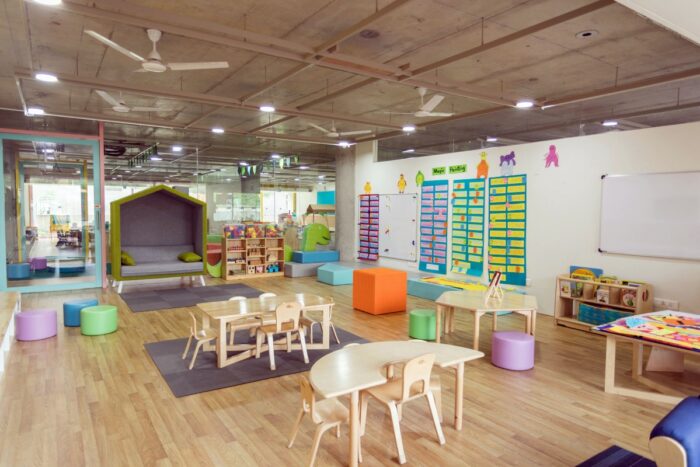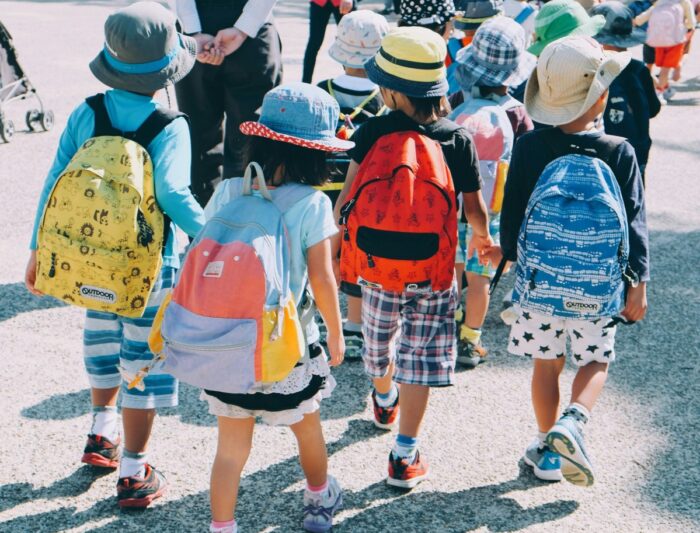Insights
Child’s Play: Why a childcare property investment can be a smart move
Published
21 February, 2024

Australian commercial real estate is rebounding from the pandemic, which is why so many are turning towards the asset class for robust yields and secure capital growth. And one sector that is finding its place in the spotlight is childcare centres.
Unlike other alternative asset classes that may have seen a dip in buyer demand, well-located childcare properties are proving resilient, with buyer enquiries reaching levels not seen since the market peaked in 2021. Today, we’ll delve into the reasons behind the increasing appeal of childcare centres to commercial real estate investors in Australia, examining market trends and the fundamentals that make this sector a smart investment choice.
The state of childcare investment properties in Australia
1. Sustained demand amid economic challenges

Despite a 4 per cent decline in total national buyer enquiries for commercial real estate in 2023, enquiries for childcare assets surged by an impressive 24 per cent year-on-year in the June 2023 quarter.
In 2022, the trade volume of centres in Australia reached around $520 million, marking a 30 per cent increase compared to pre-pandemic levels, which were around $400 million.
This contrast highlights the robustness of the childcare sector, making it an attractive route for investors looking for stiller waters on their investment journey.
So, why the buoyant demand? It’s because childcare is incredibly relevant.
2. Growing childcare demand
The Department of Education reports over 1.4 million children utilising childcare in the December quarter of 2022, reflecting a substantial increase of 65,270 children in the calendar year alone. And there’s no sign of this slowing.

Projections indicate continued growth due to higher participation rates, a growing population and expanded government subsidies, perhaps providing a strong impetus for landlords to add a childcare centre to their portfolio.
3. Institutional interest
Sometimes a good strategy for investors looking for their next asset acquisition is to follow the money.
Institutional investors, unlisted property trusts and Real Estate Investment Trusts (REITs) are increasingly targeting childcare assets. These large players have a duty to their investors and their own portfolio, to ensure a good balance of assets with a particular risk profile. Childcare is seemingly fitting the bill.
Childcare ticks all the right boxes
As the dust settles on COVID-19, investment in certain office and retail markets on the east coast has slowed (Perth’s office market, in contrast, is thriving).
But with childcare centres displaying all the right investment fundamentals—including the highly prized factor of market relevance—there’s no shortage of buyer attention.
A safer bet
Childcare centres can be perceived as carrying less risk than other commercial real estate sectors that are tied closely to the overall economy. It’s why we’ve increased our own interest in tenants that provide essential services.
There’s another reason for the increased relevance. The cost of living has long been at a level where many Australian families are challenged to rely on one income. This financial obligation has placed many parents back in the workforce, and has also required them to place their children in daycare centres.
The resilience of the childcare property sector, coupled with sustained demand, indicates a promising outlook for investors seeking stable returns.
While the industry isn’t immune from challenges, such as staffing shortages in contrast to enrolment demand, the positive outlook and increasing buyer interest suggest that childcare assets are well-positioned to outperform in the coming years.
As institutional interest gathers momentum, the competition for these assets is likely to intensify, meaning savvy investors should give some consideration to adding a high-quality and well-positioned childcare centre to their investment portfolio—before this alternative asset class garners even more mainstream interest.



